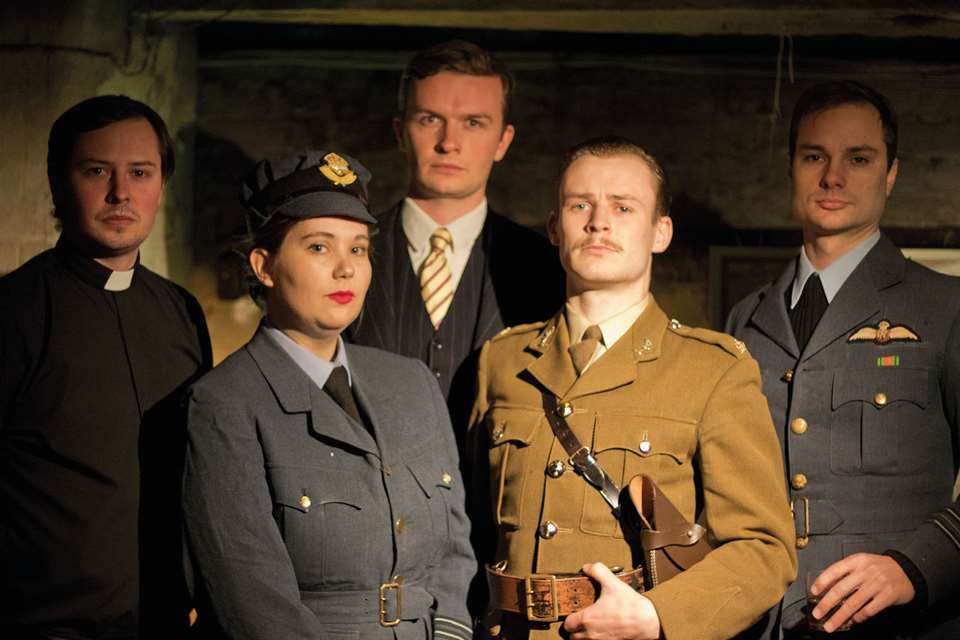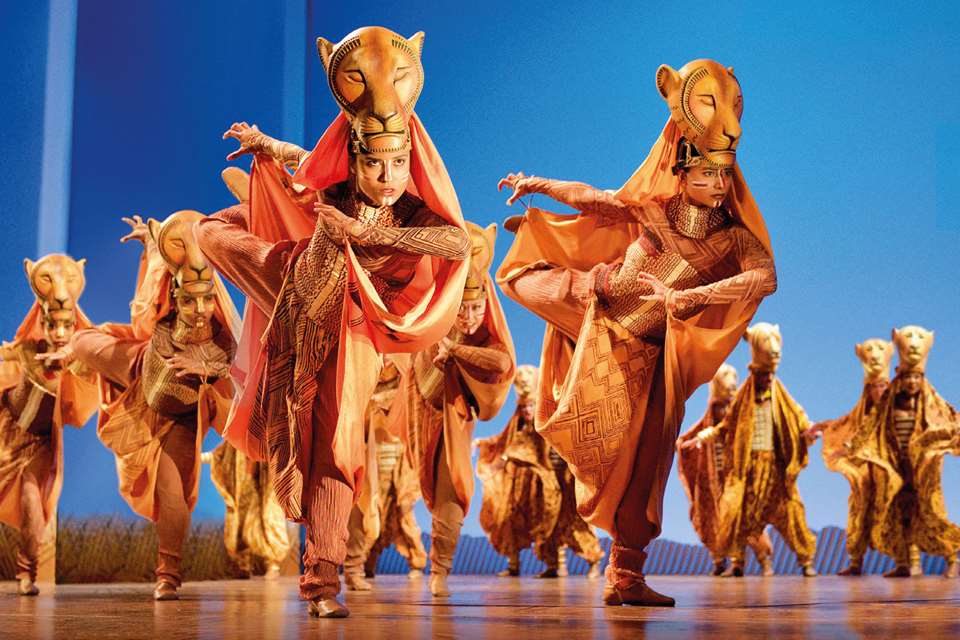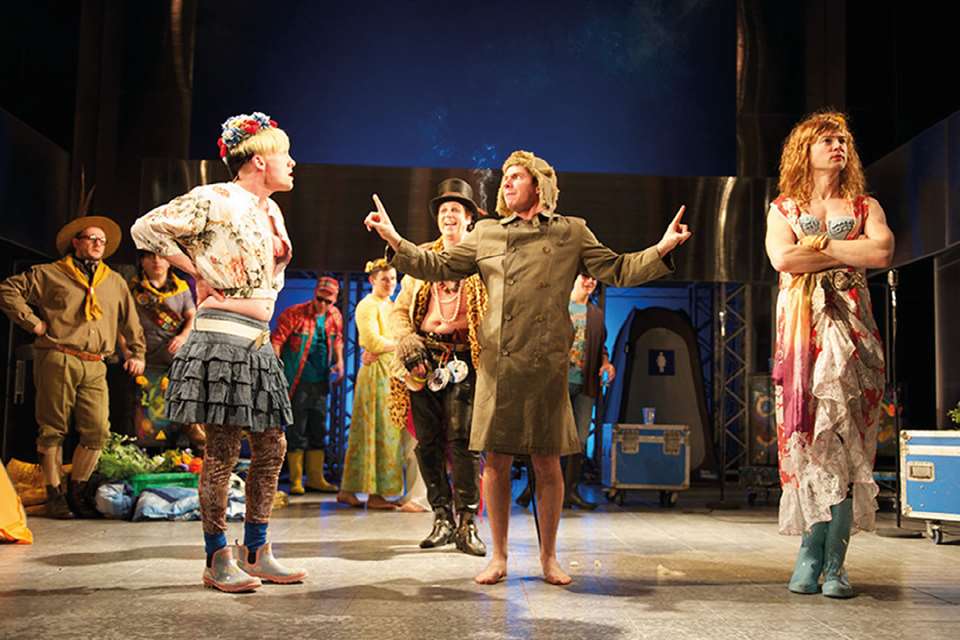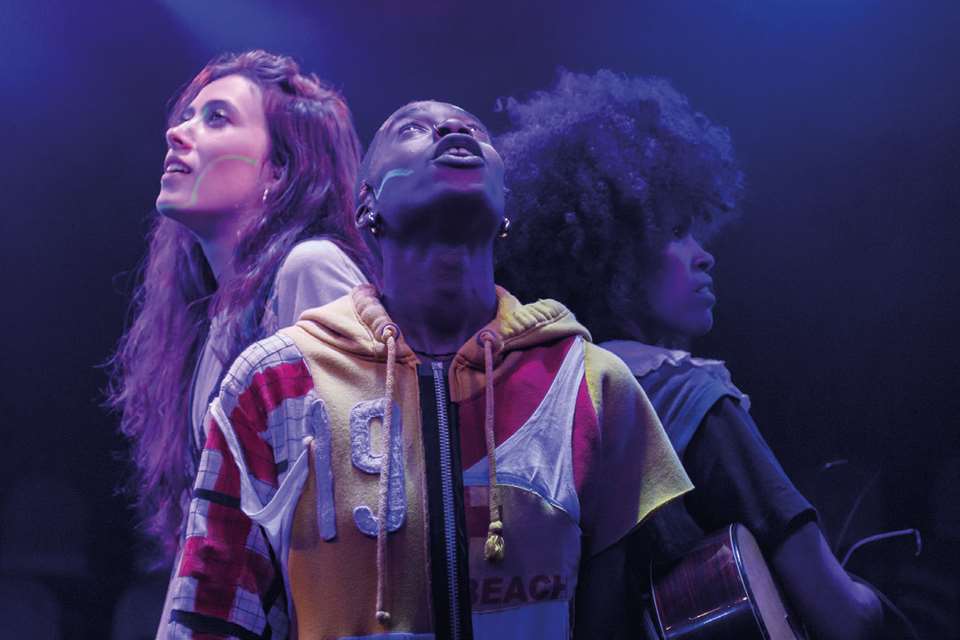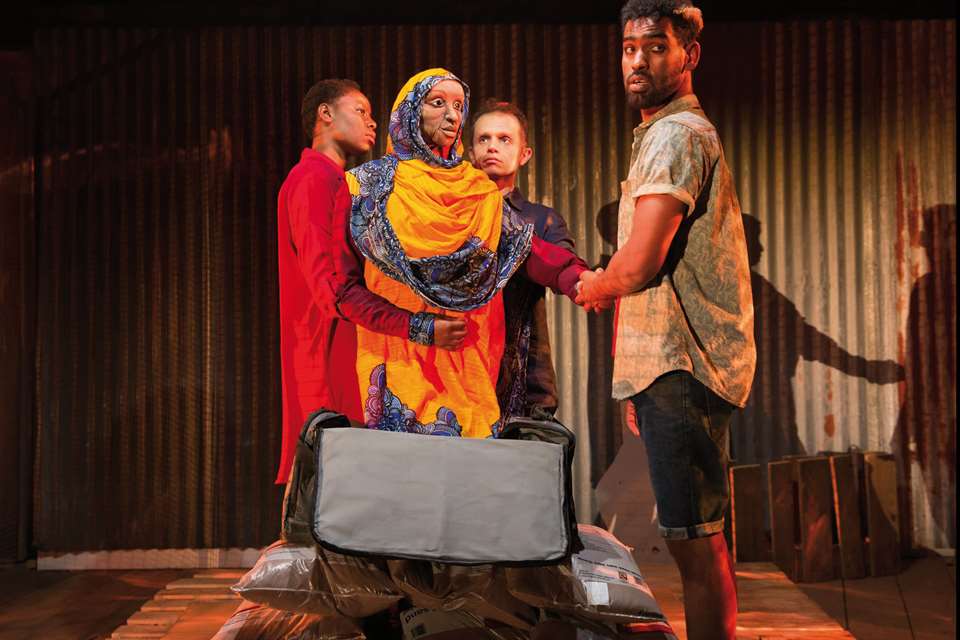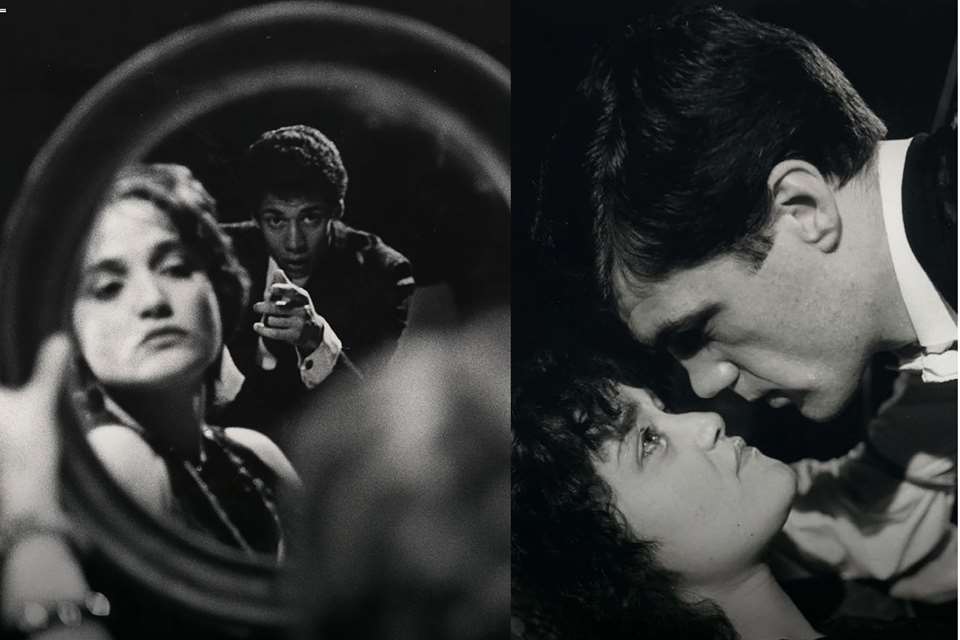Practitioner focus: Scott Graham, Frantic Assembly
Thursday, December 1, 2022
D&T unpacks Frantic Assembly's Scott Graham as a practitioner for your classroom.
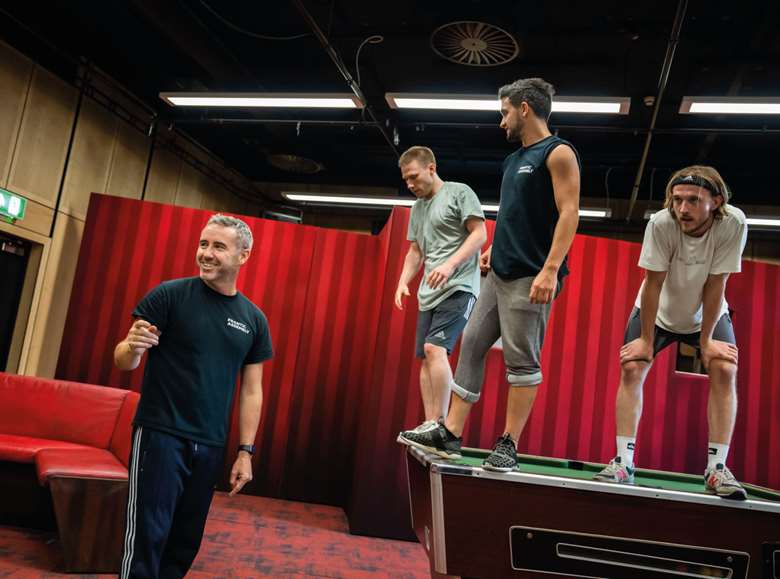
COURTESY FRANTIC ASSEMBLY
Since Scott Graham founded Frantic Assembly in 1994, he has created a range of artistic ideas and creative tools that have come to make up the Frantic Method, a strategic, creative and authentic approach to making theatre that he continues to develop. Graham's approach to theatremaking is grounded in exploration, but also creates a focus and structure that liberates performers and students to go beyond their perceived limitations.
The Frantic Assembly vision
Frantic Assembly believes in creating a foundation of simple accessible tasks and creative building blocks that gradually build in complexity. This can empower performers through a series of successes, but can also allow Graham as a director and facilitator the opportunity to fully discover the potential and possibilities in an idea.
Directing through movement
Graham's style reminds us that theatre making is about finding out what you don't yet know, not proving what you already do. It results in material that escapes cliché and breaks performers habitual patterns, resulting in rich performance work.
Here are two simple creative exercises that practically reveal some of the key concepts in Graham's work and a great way to exploring the Frantic Method in the drama studio. They were amongst the first exercises the company filmed for the Frantic Assembly Studio, its new online resource. The first can be found in our Movement Mechanics video, the second in the Creating Choreography section.
The Frantic Assembly Studio is a new subscription platform for schools and colleges in the UK. It guides you through all aspects of collaborative theatre making and the Frantic Method.
Exercise 1: Push Hands
This is an exercise in listening and responding through touch – one of the cornerstones of Frantic Method. It is a simple exercise but is often misinterpreted: owning the principles, as Scott does, is the key to it having real impact! The exercise is the basis for detailed choreographic creations and the fundamental principle of weight-taking work.The idea here is to help students and actors realise how much information can be shared through contact work, and how it is easy to forget to tune into it.
- Person A stands putting their hand out palm down.
- Person B then meets that offer by pressing the back of their hand up into A's and sets the pressure firmly: a simple reminder that B should be actively following A, rather than just leading.
- A then moves their hand whilst B aims to keep the pressure and contact the same: it's not a dance but an exercise to learn to ‘listen’. As it progresses, A can go faster and move in the room.
- Don't try to catch each other out! Avoid turning under the arm or going to the floor. Focus on economy of movement, rather than trying to make it look beautiful.
- Play music and let the group work in silence.
- Swap over so B offers their hand and A repeats the process by setting the pressure from beneath by pressing up with the back of their hand.
- Repeat the whole process again but with the follower closing their eyes. This final stage is essential in then critiquing what makes it easiest to follow and ‘listen’ to the touch. Most performers say it is easier to do with eyes closed, as when they feel safe it heightens their sense of touch. The important lesson to draw is the detail of the two-way communication found for both leading and actively following.
Exercise 2: Connect, Affect, Disconnect
The second exercise is a simple creative task to start exploring the building blocks method of generating choreography from a simple starting point as well as building on this contact training.
- In a group of four or five select one person who will be the Person A. This person will have more to do and remember.
- Next, one of the other group members offers a simple offer of contact to person A so that they connect to them.
- Person A should then work with B to affect the connection, so person B is in a new relationship to them. They're still connected – just in a new way. It might be that A moves B around, then shrugs off a hand from their shoulder to slide down to their wrist. Don't try to give it meaning at this stage.
- Finally, Person A then finds a new way to disconnect from Person B.
- Repeat the sequence until it is fixed, then Person C, D, E can add a new building block by repeating the same process with person A to create some new material eventually resulting in a sequence of relationships that connect, affect and disconnect from A.
- To take it further get Person C to connect to A just before A disconnects from B. This results in some fun problems to solve!
- The final stage is most important: run the material to explore its potential for holding meaning and story. How might you edit or add to it? Can the material morph into lifts or more dynamic quality? Explore what shifting dynamics bring to this new choreographic string.


